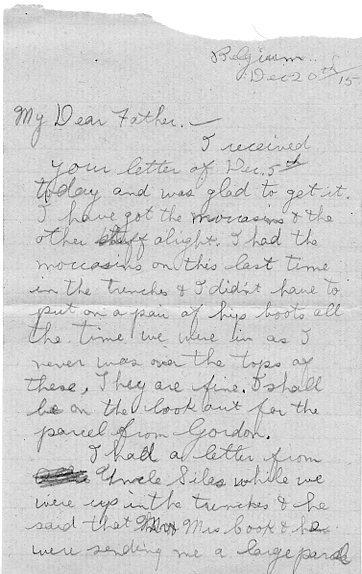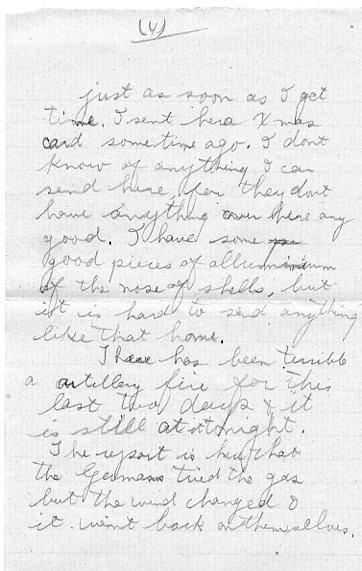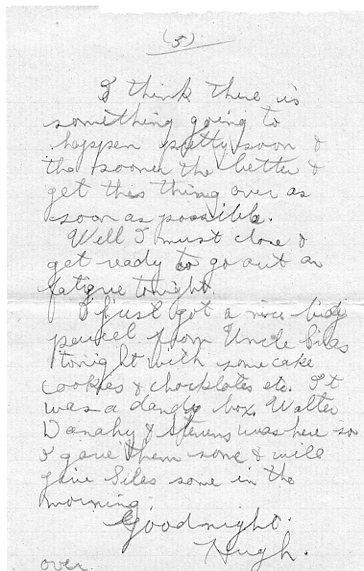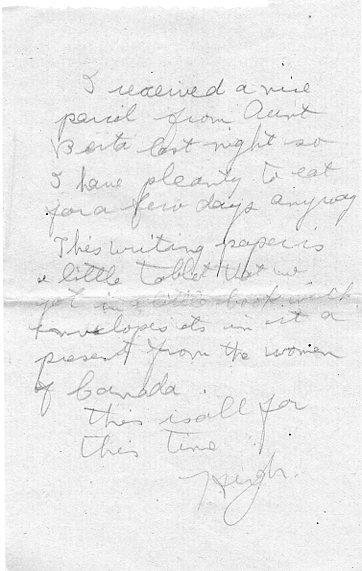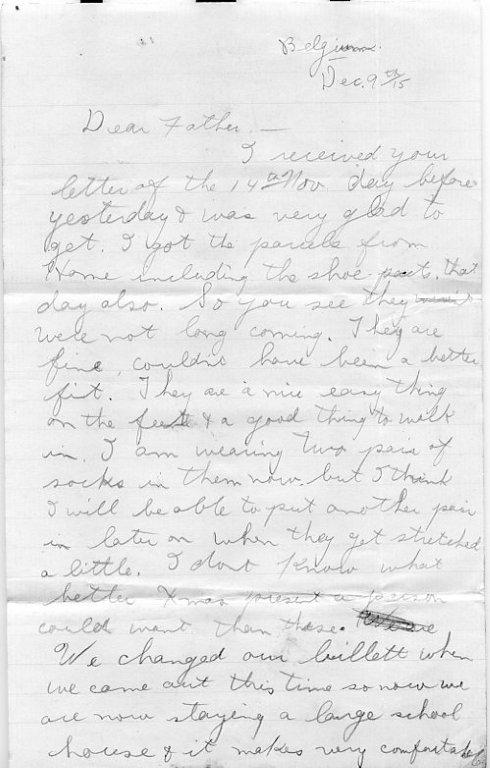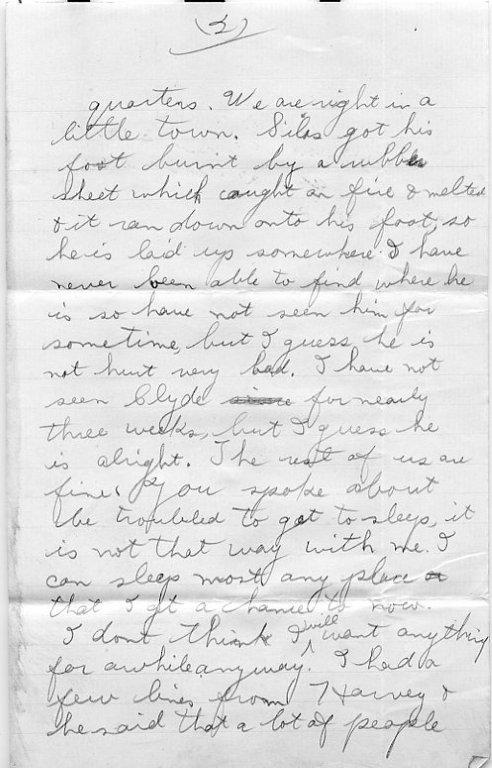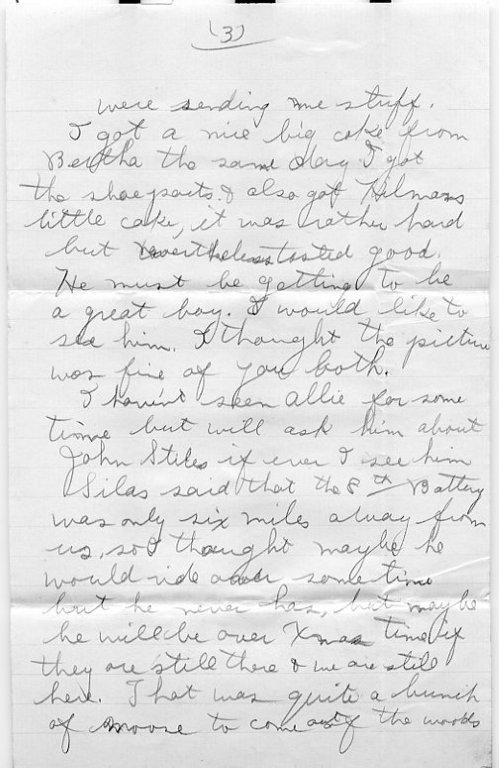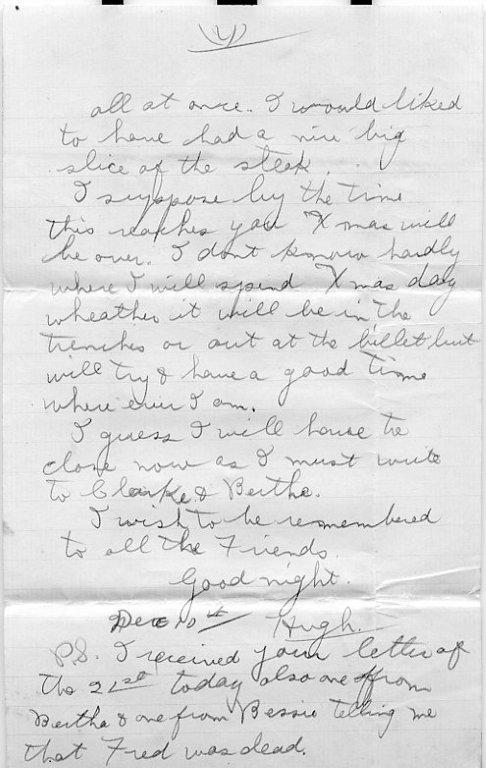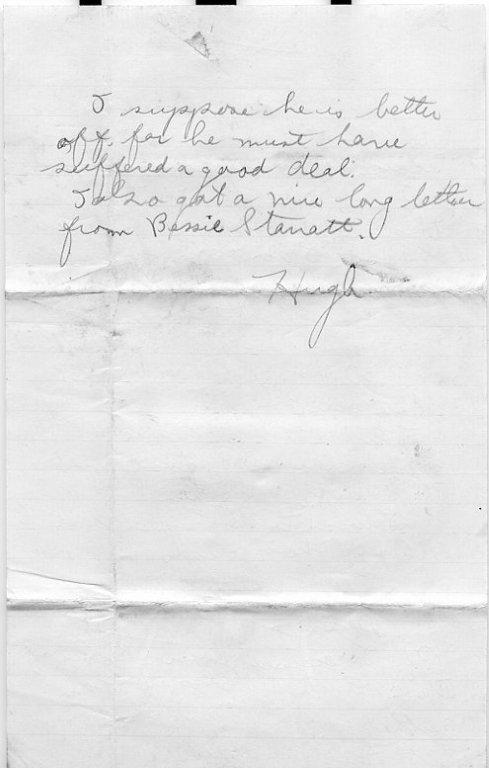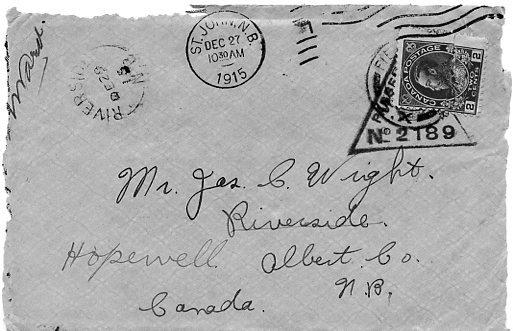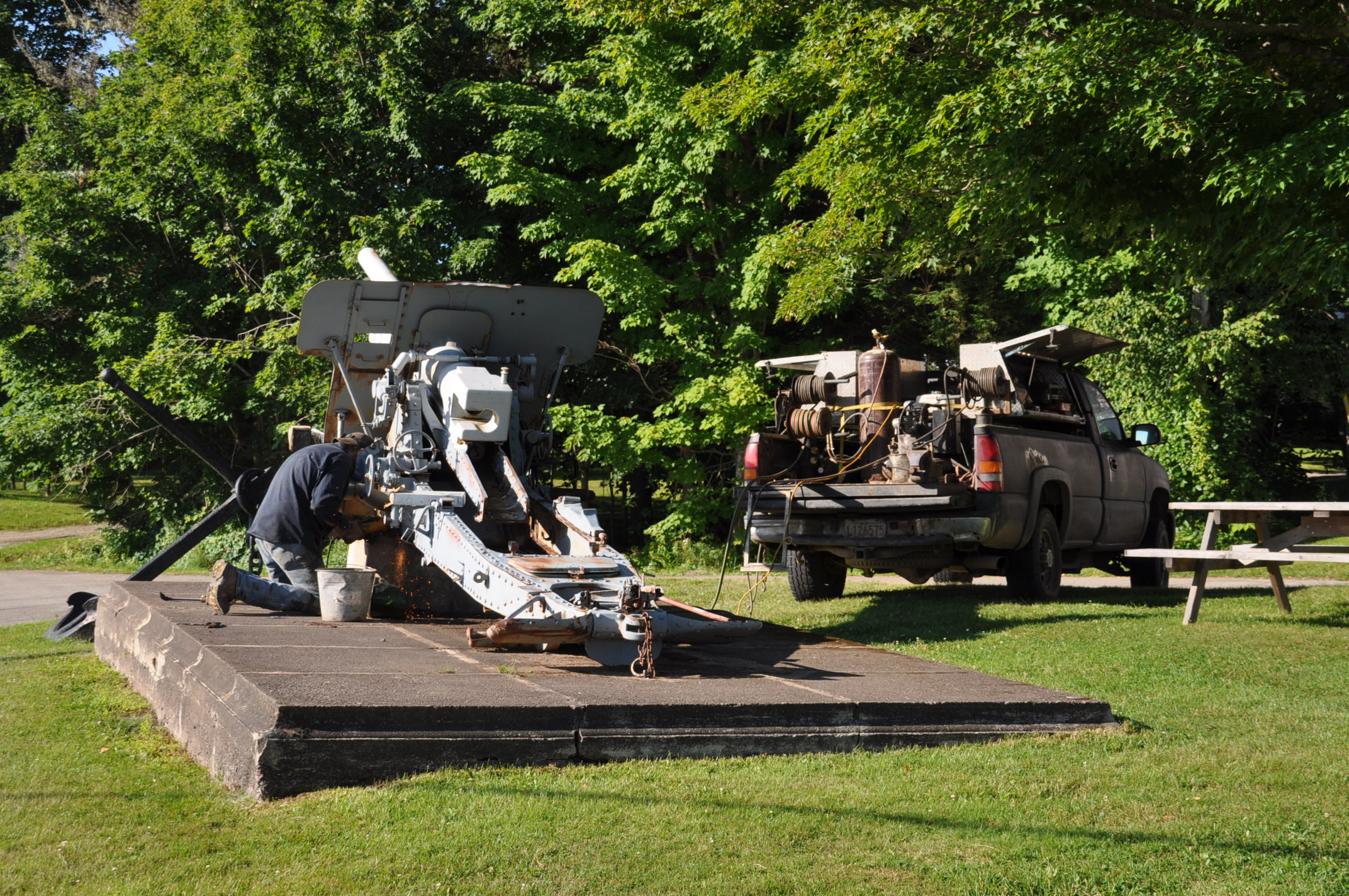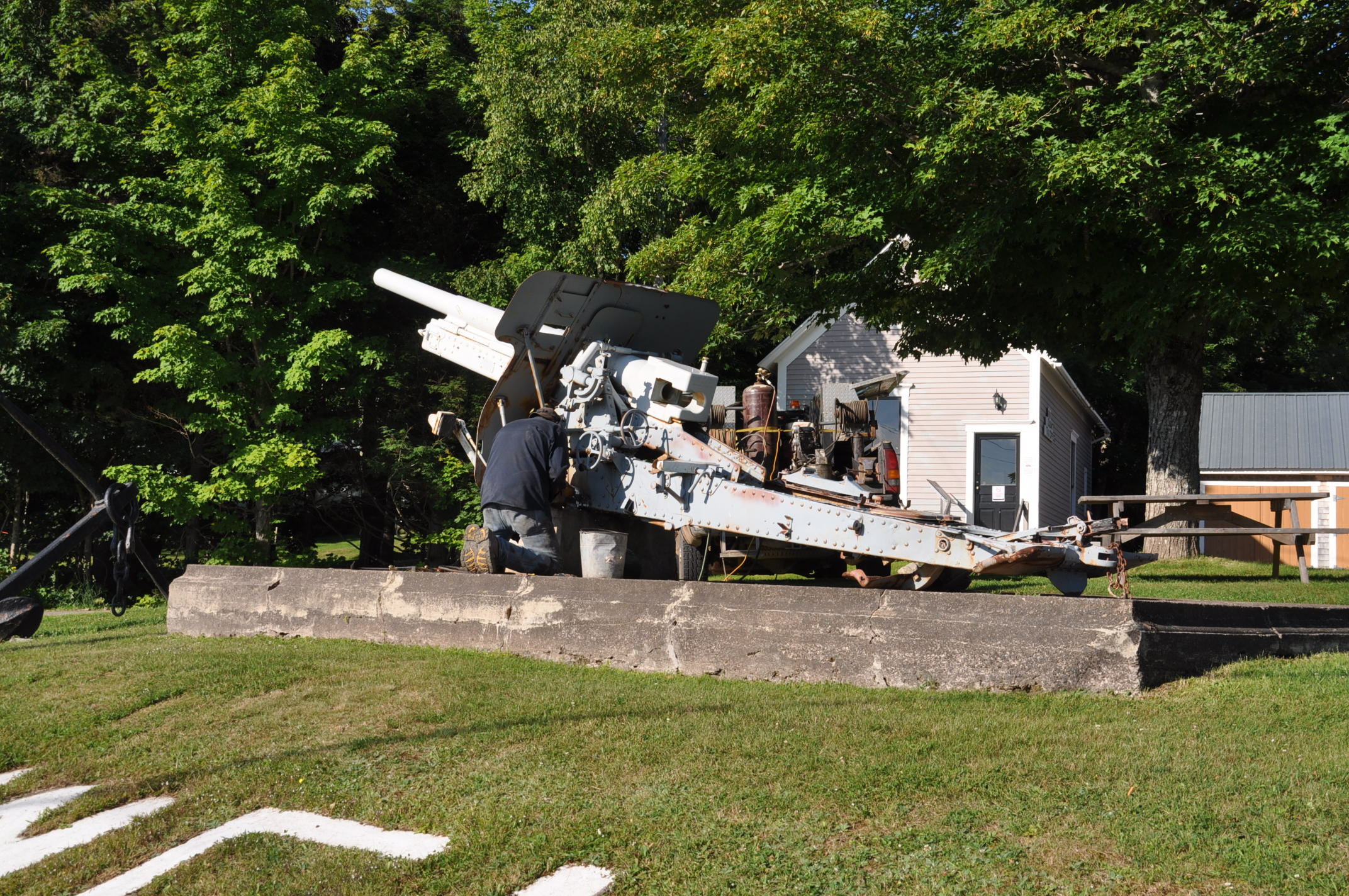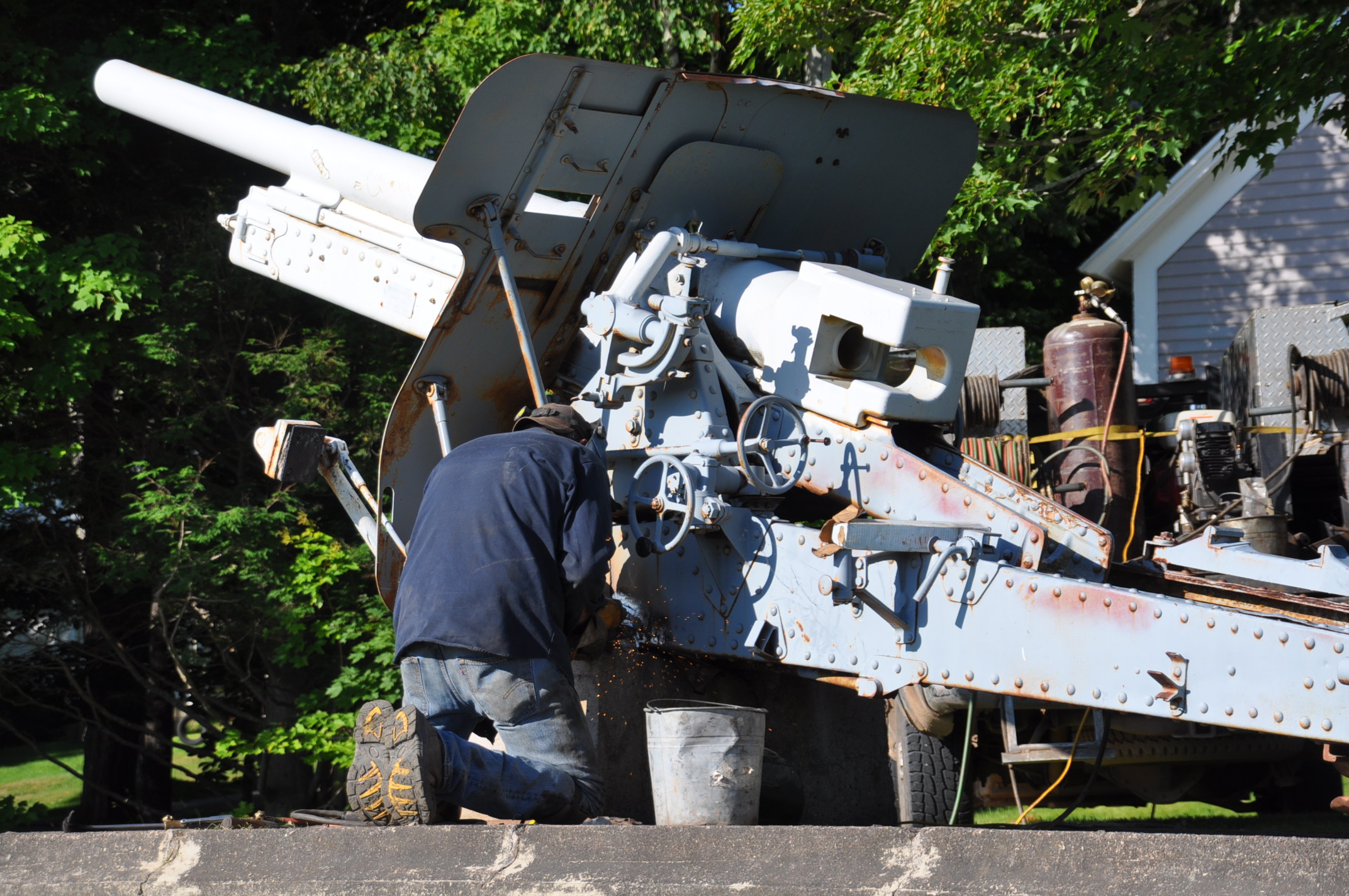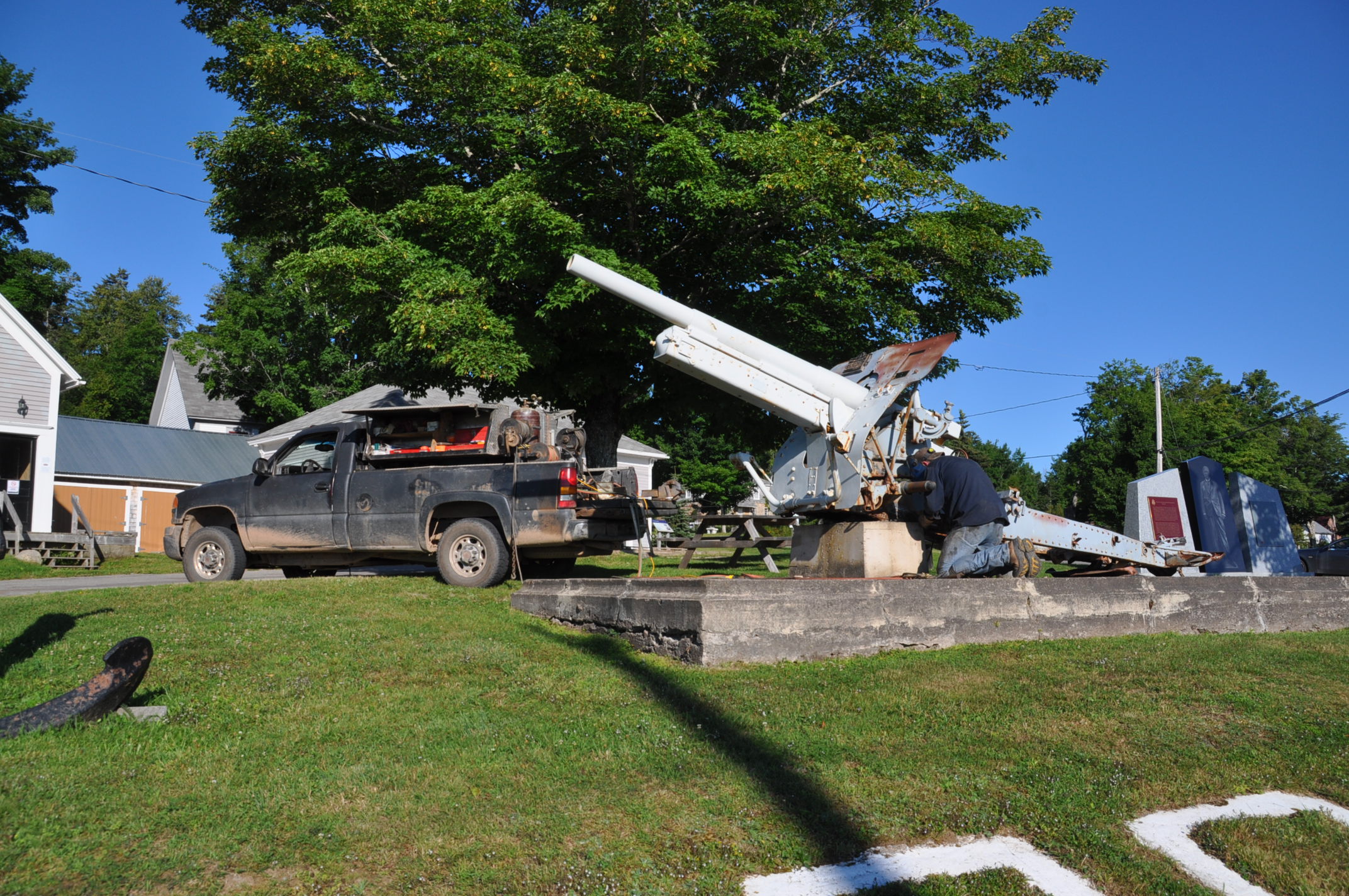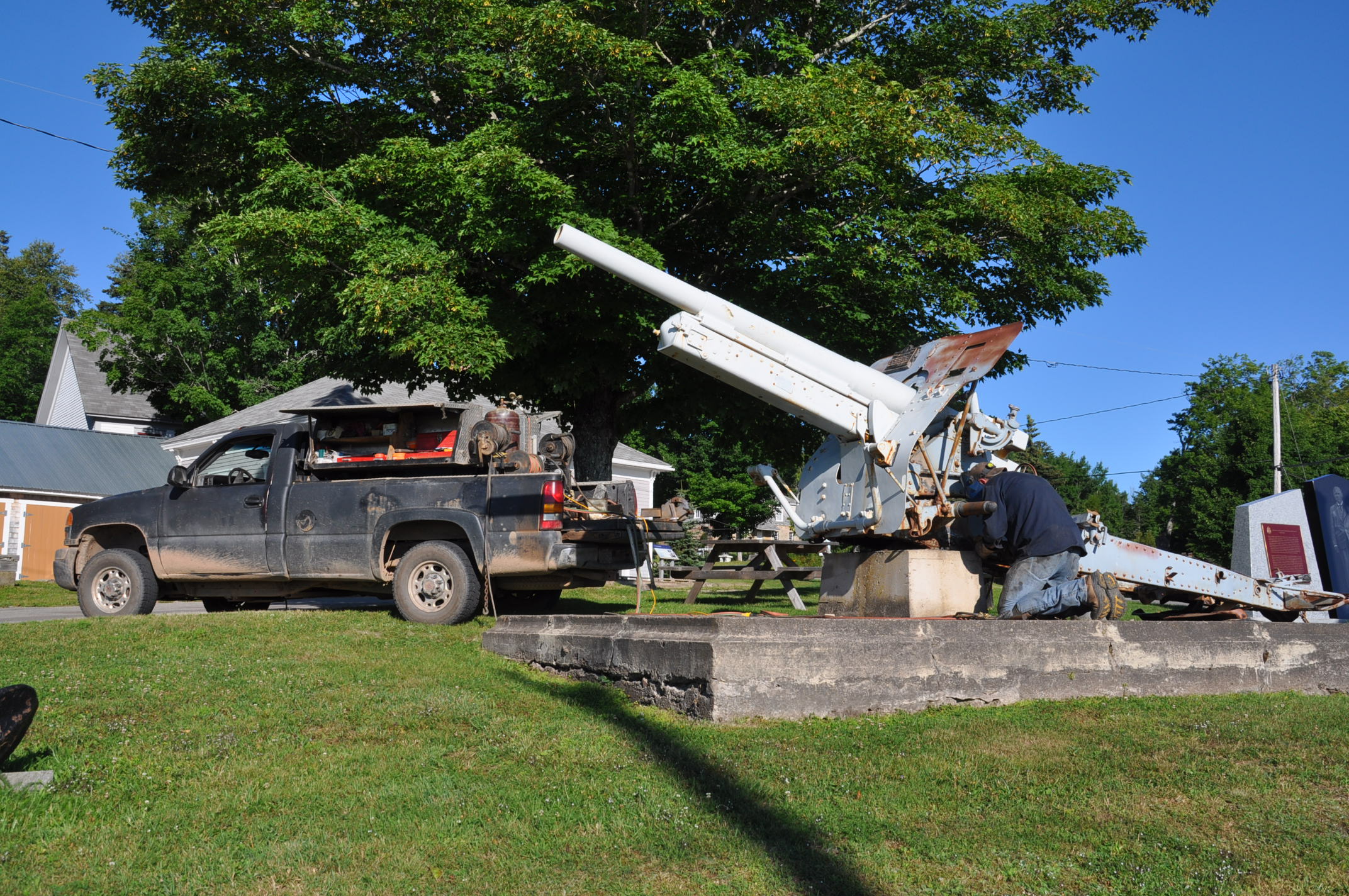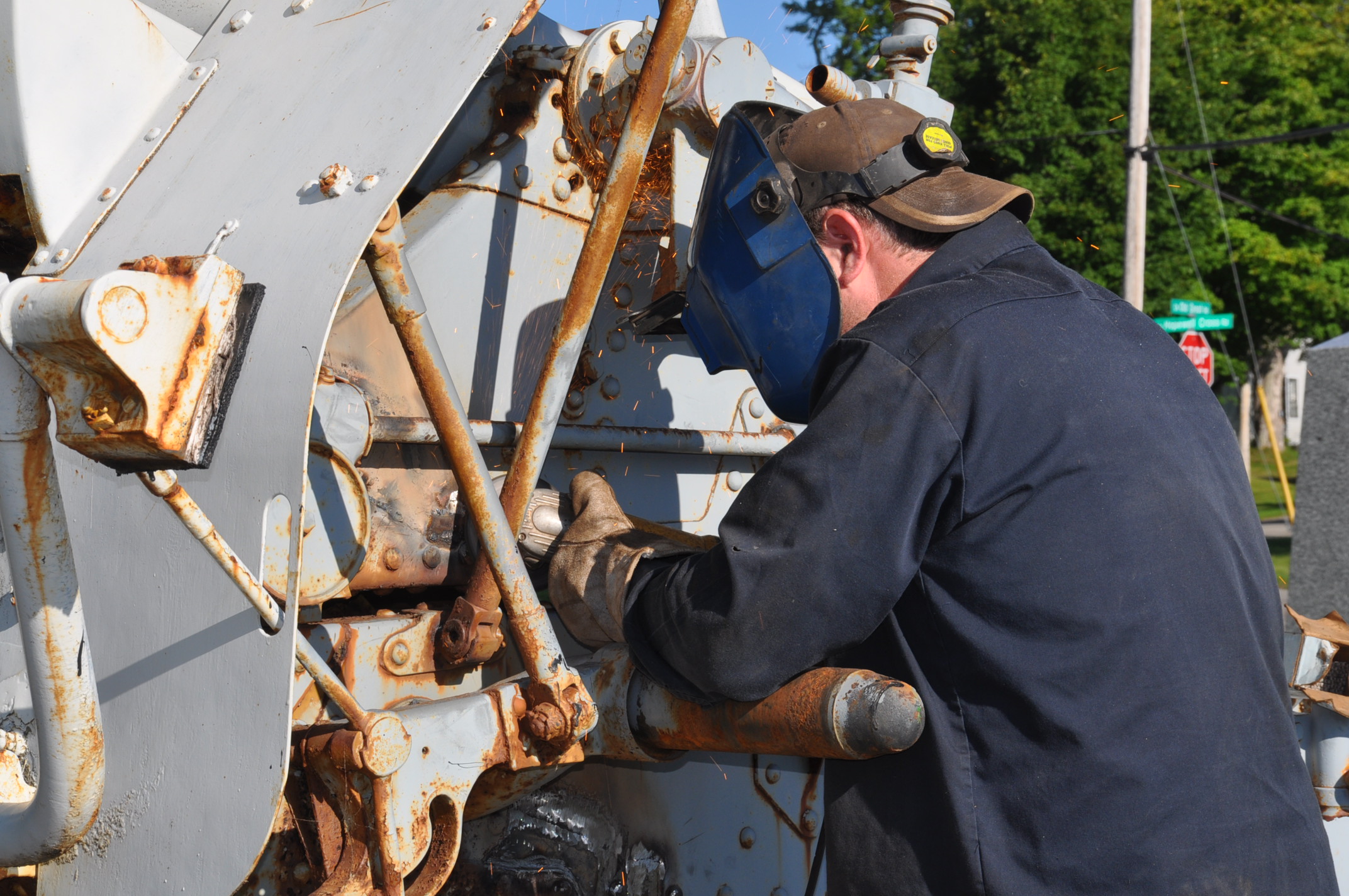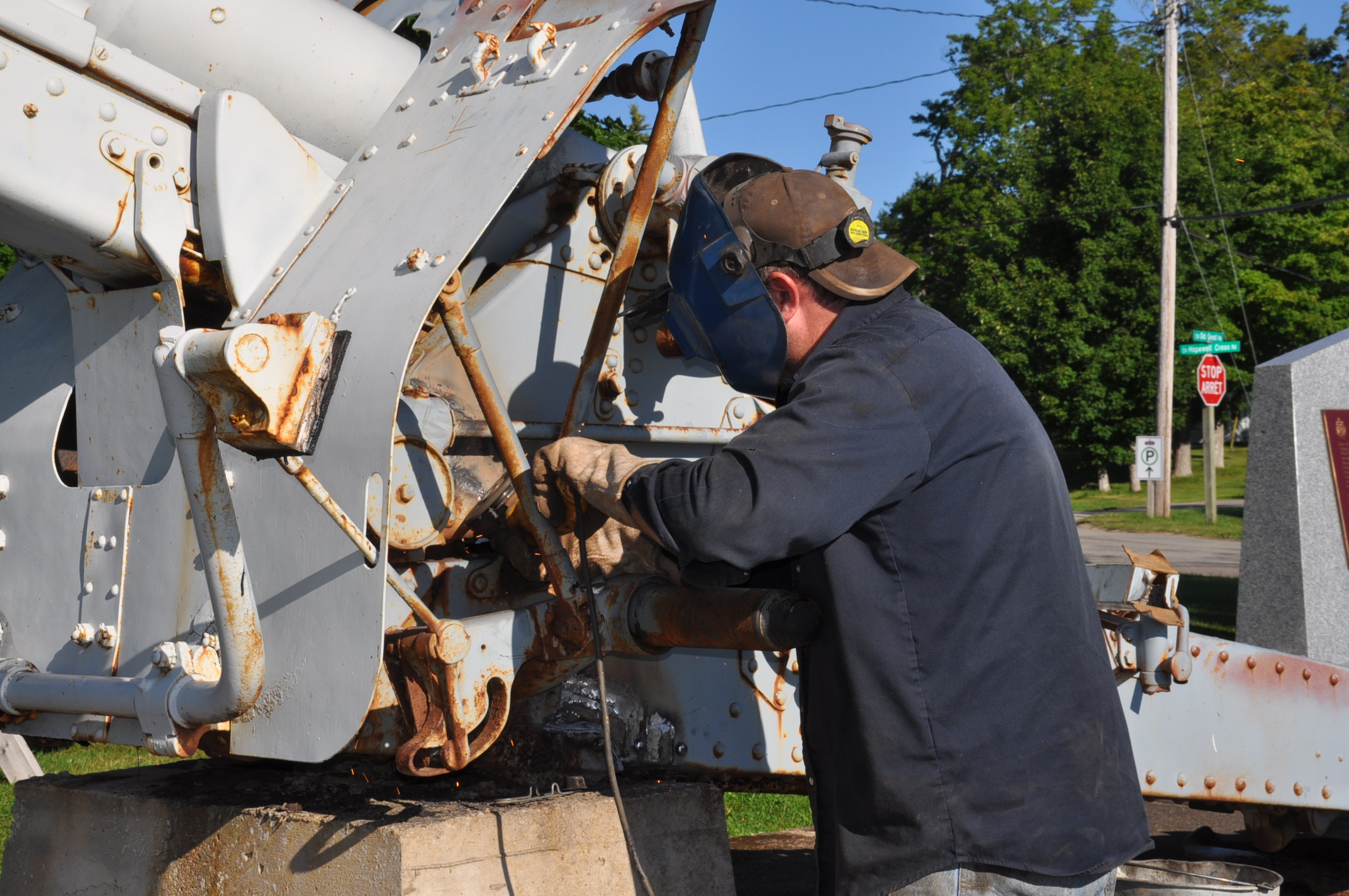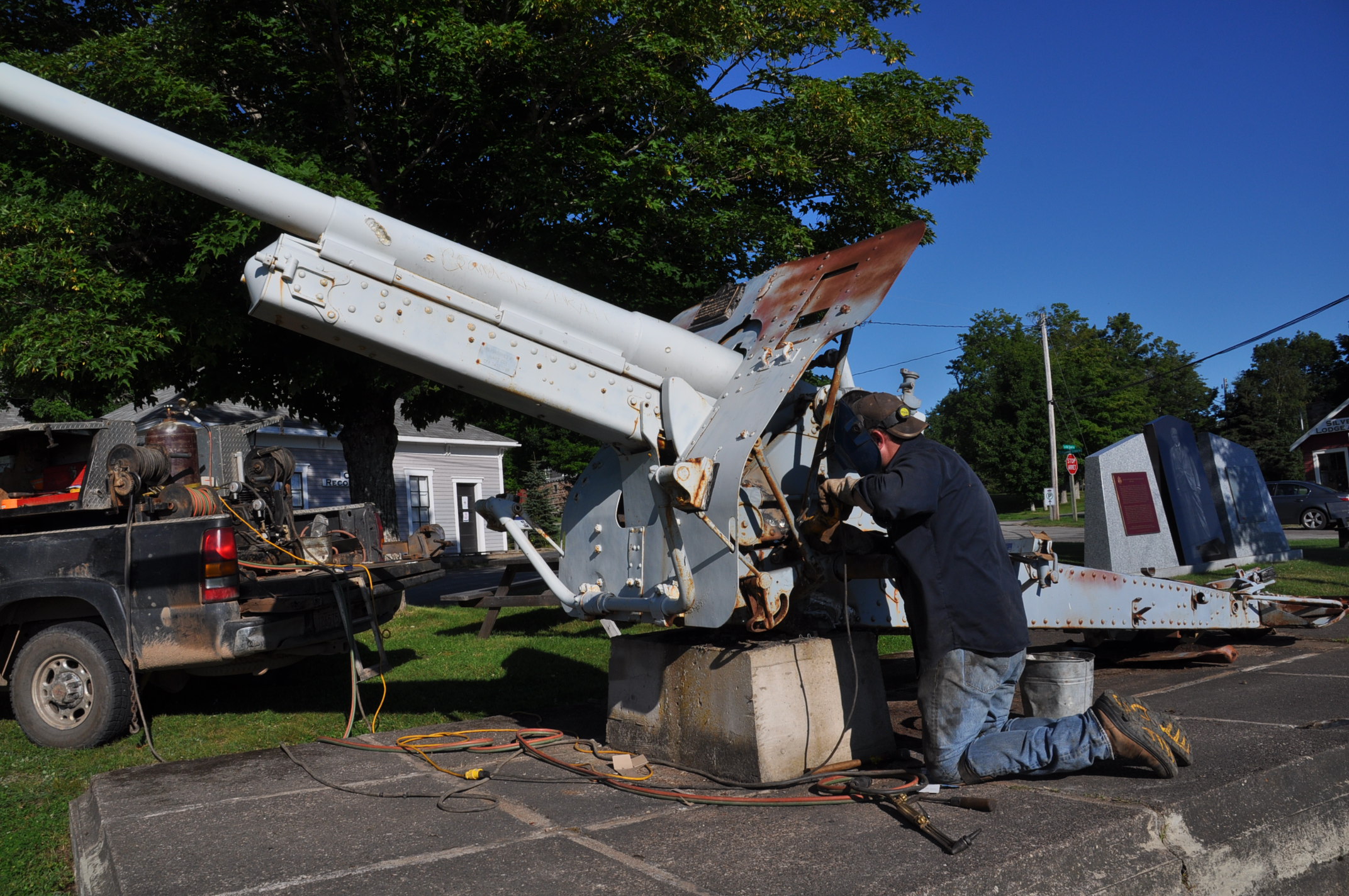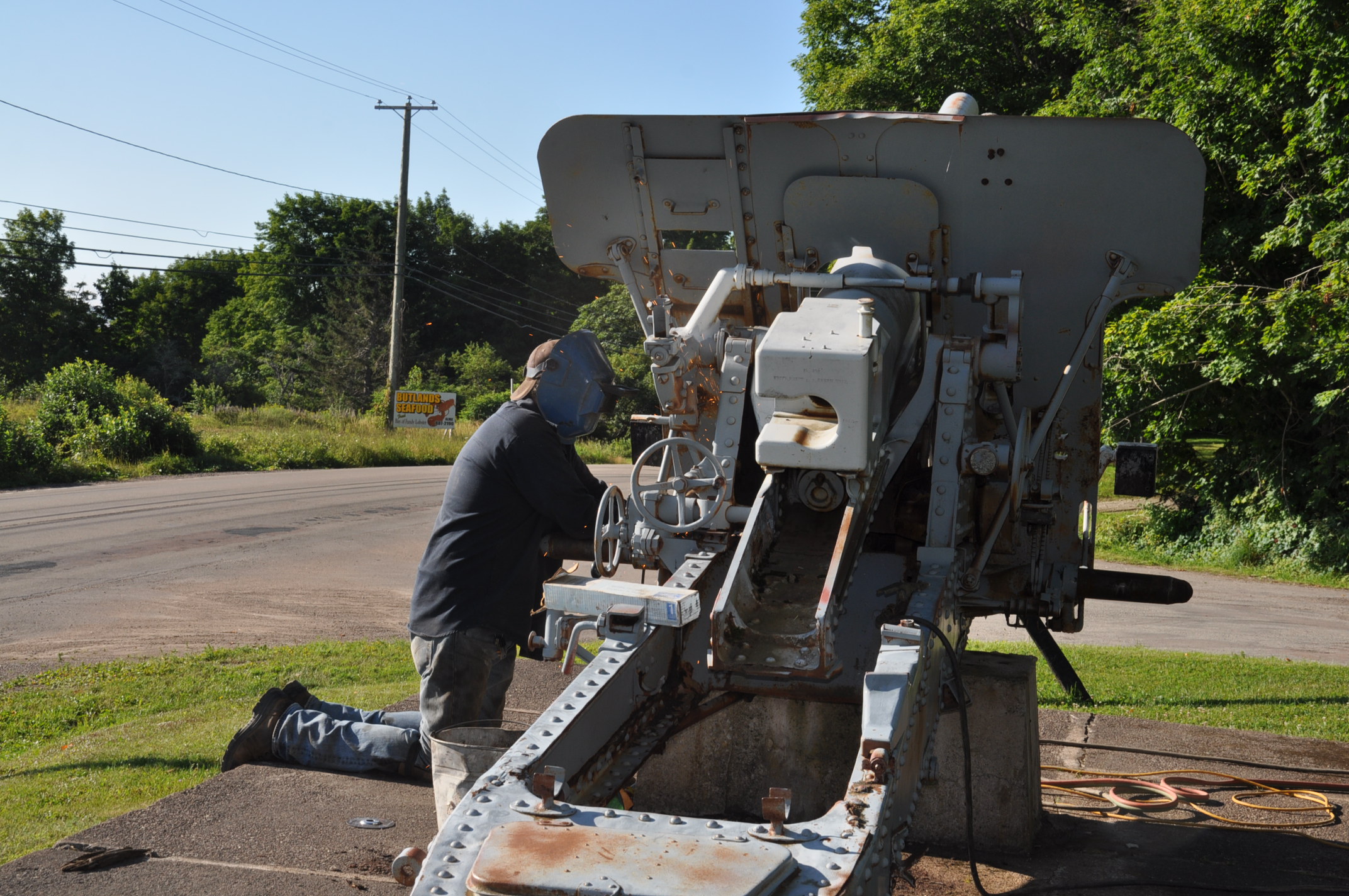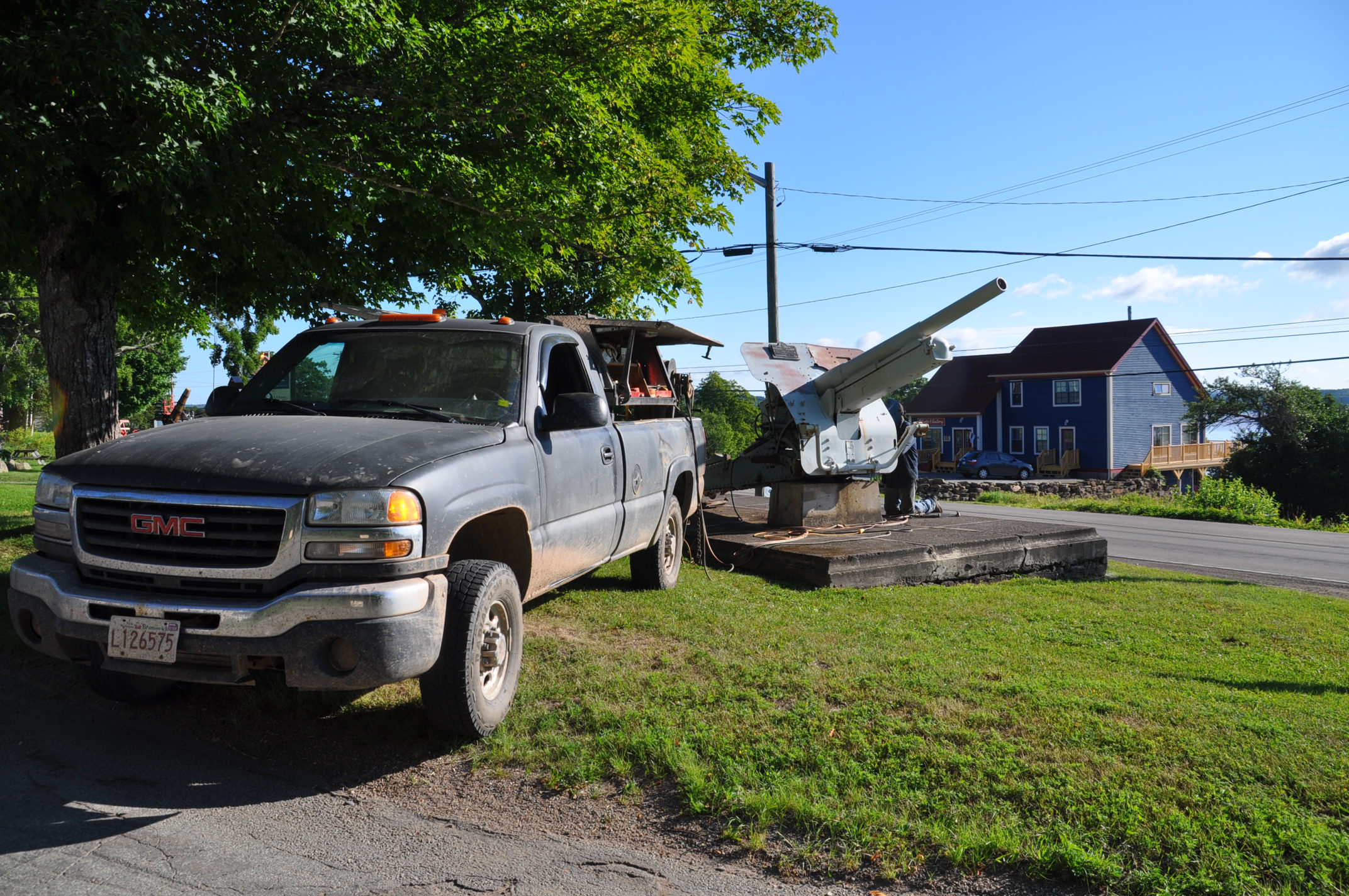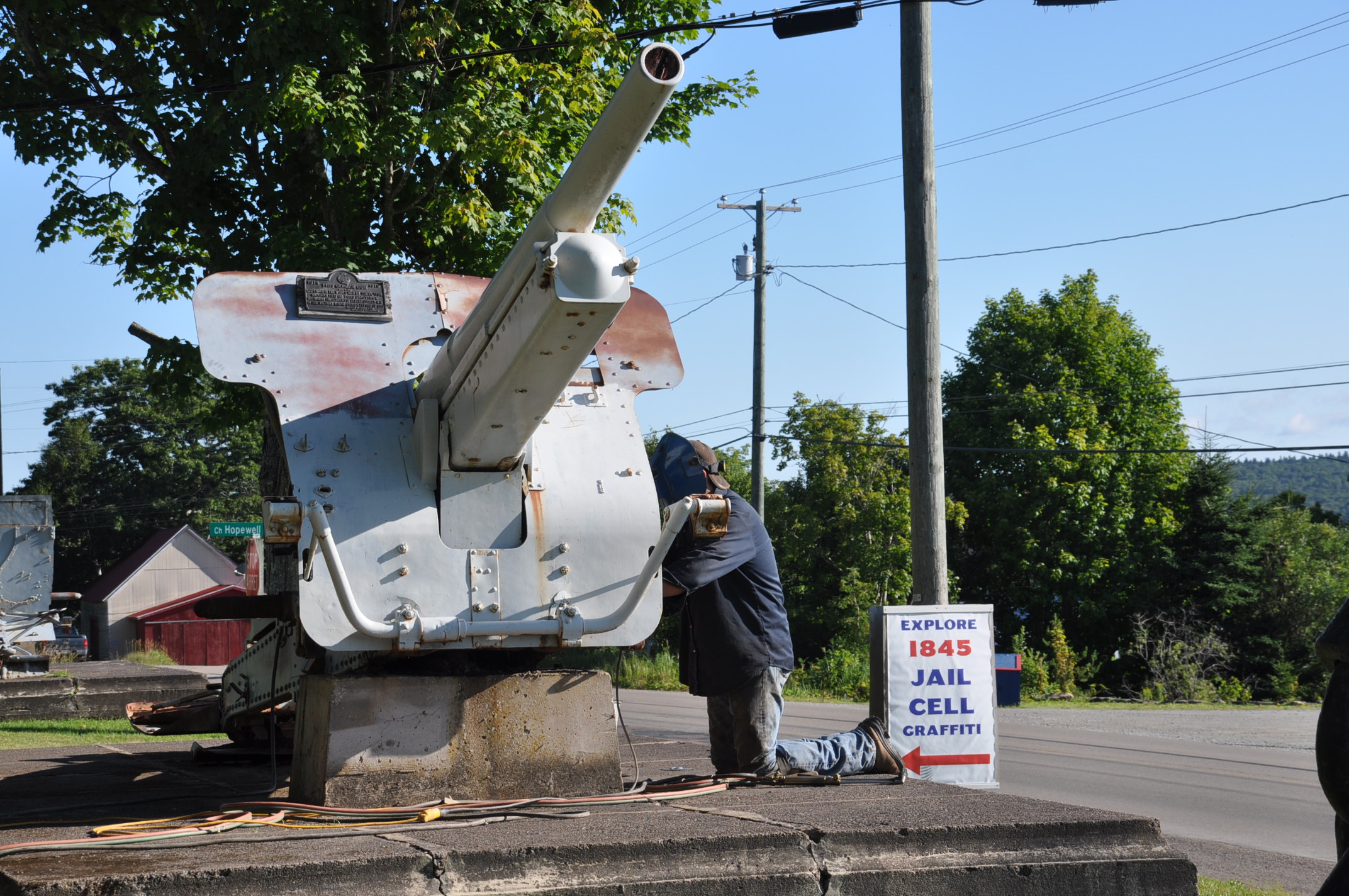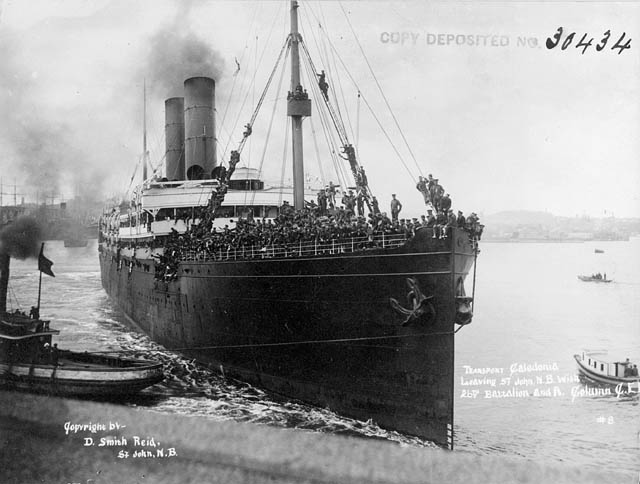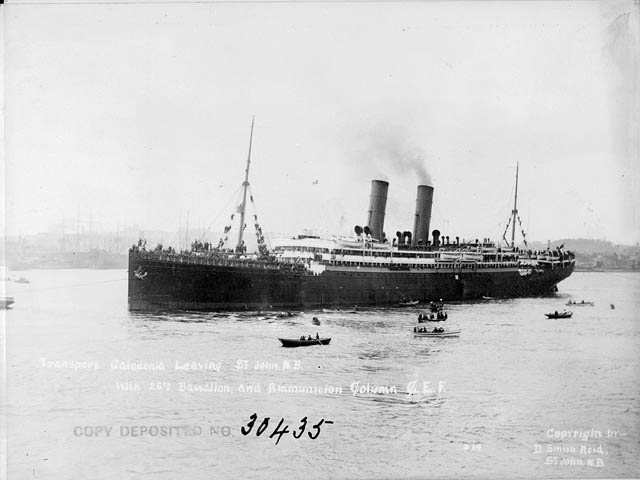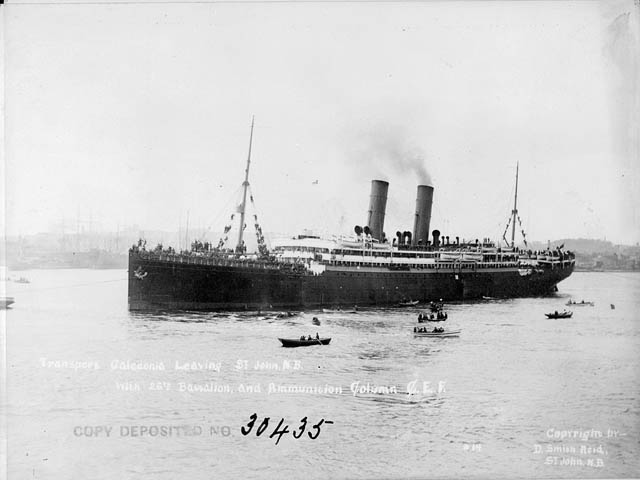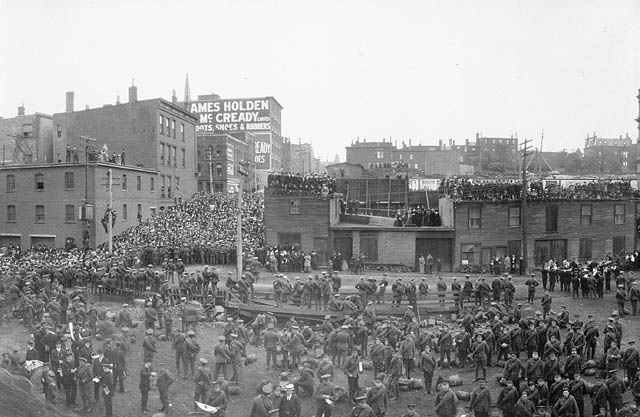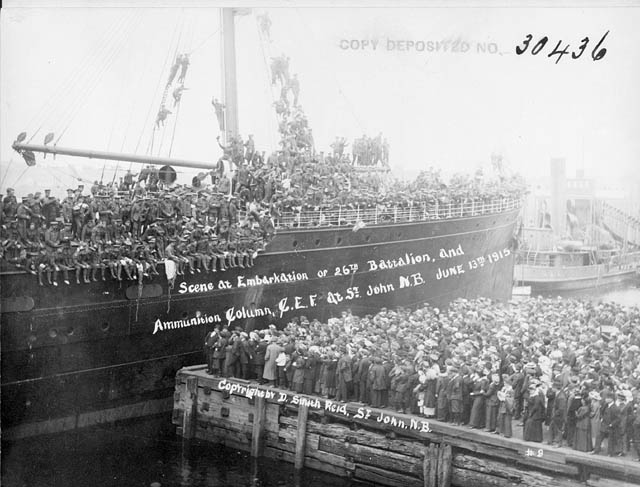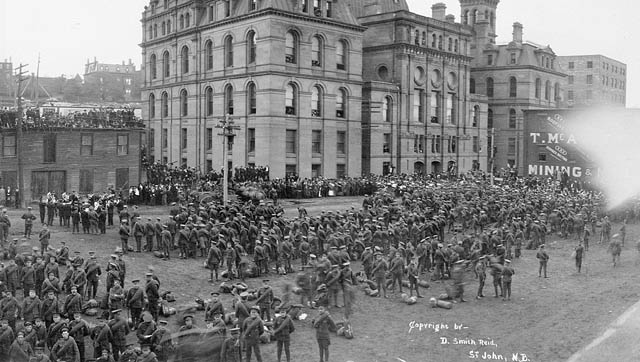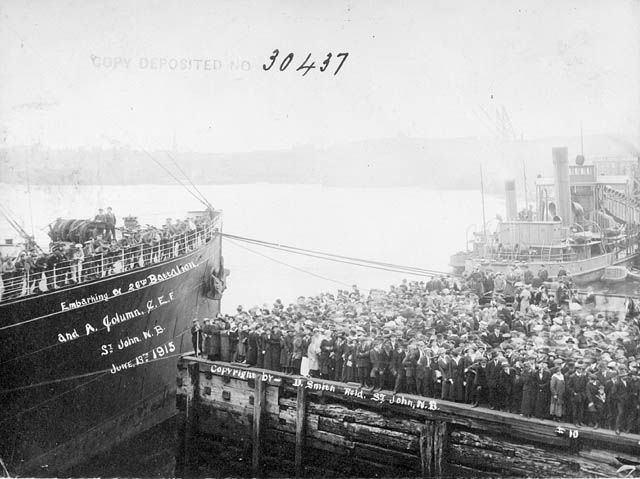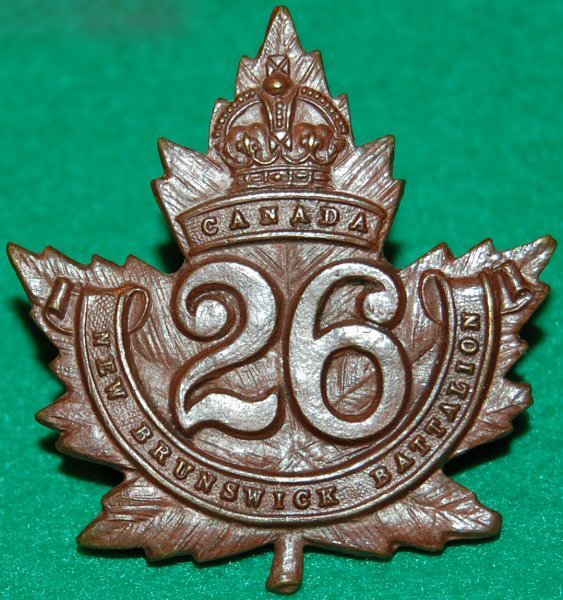Arrival of the Steeves family in 1766.
The first German settlers to Albert County are thought by some to have lived here alongside the Acadians prior to the Expulsion of the Acadian in 1755. Others believe that the first German settlers were the group that arrived in 1765. This group came from Pennsylvania after emigrating to that area from Germany. The main reason they left Pennsylvania was because land there was scarce, but there were also political, economic, and social reasons why the Germans decided to move once again. They settled along the Shepody River, near the old Acadian settlement of Chipody, and named the area Germantown.
The settlers had come to this land, owned by a group headed by Adam Hoops, and managed by Thomas Calhoun, because there was a need for settlers in the area. Rather than handle the land grants themselves, Britain had given control of the land to companies who would share in the profits if the settlement was successful. As the winter weather was quite harsh, the settlers had difficulty during the first winter. The settlers had problems growing crops and they complained to Calhoun about the small amount of provisions that he had given them.
Over the next two years the difficulties of growing crops and adequate provisions continued for the group and eventually all but 59 of the Germans left the area. It is believed that some returned to Pennsylvania, others to Halifax, while others moved up the Petitcodiac River to the new German settlement that was being established in Hillsborough.
The grant for the Monckton Township was awarded in 1765 to four Philadelphia land companies. The lead company was headed by John Hughes and Benjamin Franklin who appointed Anthony Wayne as chief negotiator. On January 27th, 1766, nine prospective settlers signed an agreement to be tenants for a period of five years. They were Mathias Somner, Valentin Muller, Charles Jones, Heinrich Stief, Andres Greiner, Michael Lutz, Jacob Klein, Mathias Lenz, and Jacob Treitz. The agreement promised the settlers "one Lott of Forty feet in Breadth and Two Hundred and Twenty five feet or thereabouts in Depth or Length." In exchange the settlers promised to fence their land and build a house with a stone or brick chimney. After this, the settlers were expected to "clear, fence and improve or Till Two Acres of Corn Land, and also clear, Fence and Mow one Acre of Meadow Ground and plant fifty Apple Trees." In return for this, they were given "Two Hundred Acres of Good Land for every Family of Five protestant persons."
Five of the families who signed the agreement sailed aboard a sloop with Capt. John Hall, for whom Hall's Creek in Moncton is named, in April of 1766 and arrived in Moncton on June 3. The families who arrived in June of 1766 were the Sumner, Jones, Steif, Lutes, and Trites families. The families settled on the lands in and around Moncton, at first they chose to live close together so they could help each other build houses and establish farms before the winter came. After arriving, the families planted 200 pounds of potatoes and were able to get some supplies from Mr. Wethered, a man who lived near Fort Cumberland. In addition they also managed to get supplies from the "King's Stores" at Fort Cumberland, and from Anthony Wayne in Halifax. From these sources, they were able to receive livestock, flour, buckwheat seed, fish hooks and lines. Two years after the group arrived in the area, however, financial help ceased as the land company went bankrupt. A second ship carrying supplies did not arrive and local supplies were no longer available, so the Steif family left the area and moved to Hillsborough.
The Hillsborough Township was granted in 1765 to five Nova Scotia Council members led by Robert Cummings, nephew of Adam Hoops. The township was named after Lord Hillsborough. There was better help for the settlers in Hillsborough from the land owners so the Germans settlers who came there began building their houses and farming the land. The forests were full of rabbits, partridge, and other game and there were plenty of fish in the streams, but the Pennsylvania settlers did not possess the skills necessary to take advantage of their environment. In order to learn how to use the resources around them, the Germans soon became friends with the Micmac Indians in the area. The Indians were able to teach the Germans about fishing, trapping, picking the marsh greens, and making maple syrup. In return, the Indians were able to trade with the Germans for the supplies that they needed. The settlers from Germany also lived in peace with the Acadian inhabitants of the area who remained after the Expulsion of the Acadians in 1755. By the late 1700's the settlers still did not own the land that they lived on so following the example of Thomas Calhoun the settlers in Moncton sued the landowners for breach of contract. The settlers argued that due to the American Revolutionary War, which began in 1775, the settlers could not communicate with or receive financial support from the land owners in the American Colonies. The settlers won and the land was ordered sold. The settlers were given the tracts of land that they lived on as payment for work done on the land and for damages caused by American Rebels. With the arrival of the Loyalists in the years to come, the communities started by the German settlers would continue to grow, as stores were opened and industries such as shipbuilding would begin to prosper.
